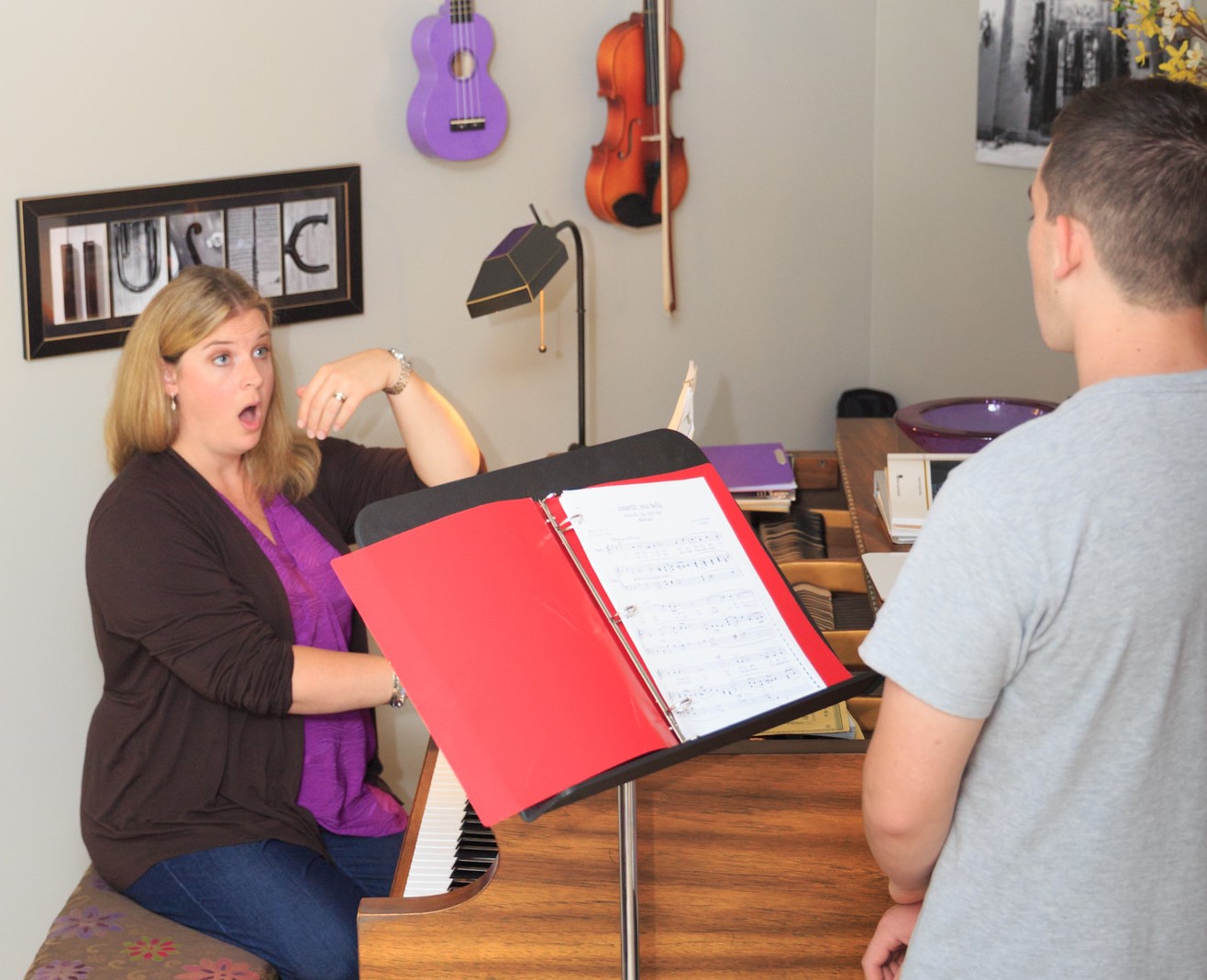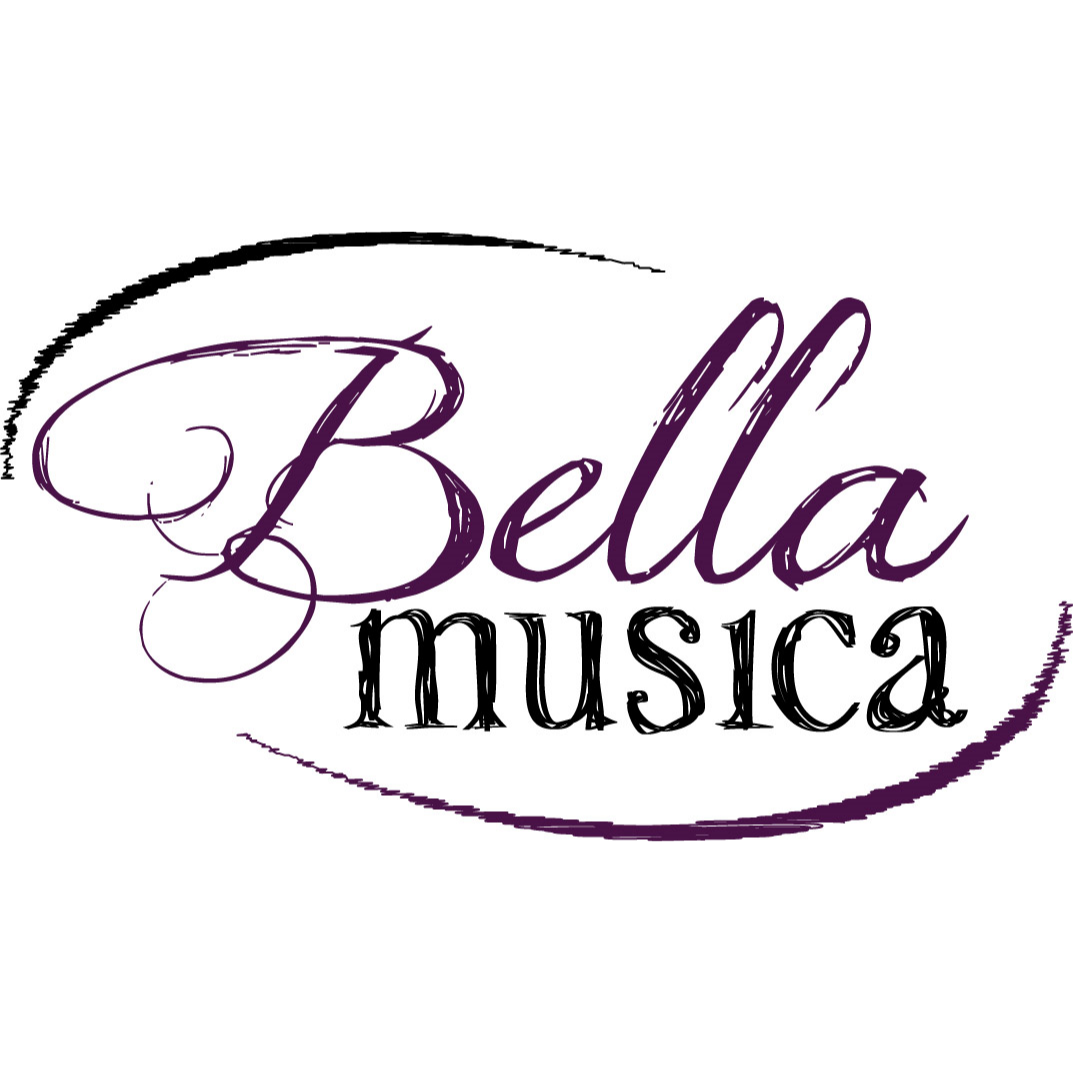Is the Perfect Performance as elusive as the Easter Bunny?
After a recent performance experience I had, that went really well, actually – I spiraled into thinking about the actual likelihood of achieving a perfect, flawless performance. Is that achievable? Or is it as much a myth as the Easter Bunny?
How can we make a perfect performance more within reach?
Some things to consider…
Preparation
This seemingly obvious first step shouldn’t stop at just learning the music – notes, rhythm and how they work together, but should also include the musicality directions. The dynamics, tempo, articulation markings, and the like are put there by composers and editors intentionally. Don’t just gloss over them, but make them as integral to your learning process as the notes and rhythm.
As part of your preparation, be sure that you can execute the things you have prepared in the same way every time. This could mean things like:
- Being specific and intentional with your dynamics. For example, starting your crescendo (or insert your dynamic event here) in the same measure on the same beat and then taking it to the same maximum volume level at its climax. Every time.
- Tempo changes should not be left to chance. Practice them with a metronome to be sure you end up where you want to and transition in and out of them the way you want to the same way. Every time.
- Phrasing should become auto-pilot. How and when are you lifting your wrists and repositioning, pianists? Vocalists, when and how are you breathing? If we don’t leave these things to chance, we will feel calmer and more confident in performance.
- Performance execution should be planned. Vocalists, be sure you think through the kinds of gestures and facial expressions you will use to communicate. Plan them out and do them the same way. Every time. Pianists, make sure you are mentally ready before you place your hands on the keyboard, be sure you have a good sense for how long you will wait in between the different movements of larger works, etc., and do them the same way. Every time.
All of this preparation means that your nerves won’t be wasted on not feeling ready, but will instead be a natural adrenaline that comes from performing in general.
Practice
The list of to-do items under the preparation category is in no way exhaustive. But, once you have identified all of the things you need to prepare, then you begin the practice portion. Work your to-do list in a systematic way at first, and then in a more cohesive, congruent way. Make sure that you can execute everything you have prepared, consistently.
The more you practice, the more many of the performance pillars will become ingrained and a bit more automatic. You can think less specifically about what beat that crescendo will begin on and more about the overall execution of the music. The more pieces that can become an ingrained part of the experience, the more mental space we free up to deal with any nerves or other thoughts that might sneak in during performance.
Visualization
The practice of intentional meditation – mentally walking through the performance from start to finish without actually playing or singing a note – can feel very strange at first. And this step may be more valuable to some than others, but I would encourage you to give it a try. It can be a sneak peek into what we may feel like mentally on performance day. We all experience some level of “turkey brain” – our brain is gobble-gobble-gobbling at 100 miles an hour – pointing out all of the things we need to remember and all of the things that went wrong as they pass by. The ability to reign this in and focus on what is more important is imperative!
Acceptance
If you have put the work and the time into the three activities listed above, then you must accept the performance that you give on performance day. The guarantee of live performance is something (more than one thing usually) always happens that you didn’t expect. For me it’s often the part that I was worried about messing up went perfect and the part I never messed up before had a debut error. But, it can also be that organically musical magic takes place. An emotional connection with the audience and/or a musical connection just for you personally occurs that surprises you. Live performance is exciting and leaves room for unexpected emotion and reaction.
The evidence of a “flawless performance” is beautiful music, stirred emotions, and musical memories made. Usually the only one who knows that it wasn’t flawless is the performer. May we achieve a state of acceptance that loves the surprises as much as the perfectly executed, prepared portions of a performance. Experiencing the perfect performance depends on your preparedness almost as much as it does your perspective.
NOT TAKING LESSONS YET?
BECOME A MEMBER
If you are interested in voice or piano lessons and are ready to find out all the details. Hope on over to our Memberships page and choose the one that fits you! And if you aren’t sure what you need, let’s figure it out!




